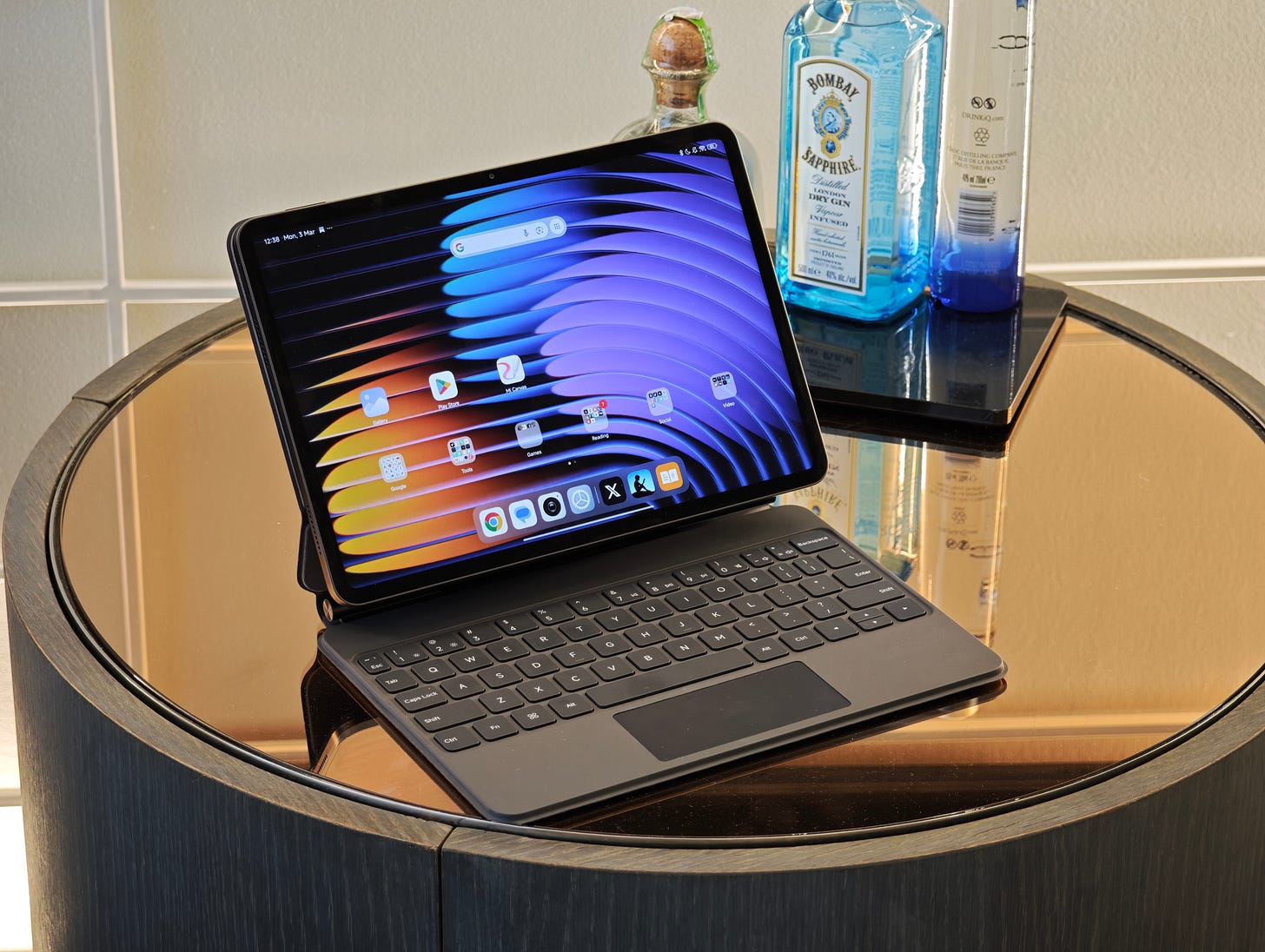Matte glass all the things
Drop gloss
I remember when glossy screens first became a thing on laptops. Marketed with flashy names like Sony XBrite and Packard Bell Diamond View, they certainly stood out on the shelves of PC World. And back when LCDs were a fairly new technology, glossy finishes did indeed make a big difference to contrast and colour reproduction. That’s why they quickly became standard on laptops, and later on tablets.
The trouble is that in many ways, they kind of suck. They’re incredibly reflective, making them hard to see outdoors or in any kind of environment with several bright light sources, and they collect fingerprints like no-one’s business.
But matte screens are a rarity on mobile devices these days, and they tend to command a pricing premium when they do exist. There are newer approaches to matte finishes that don’t come with as many of the drawbacks as the older screens that got left in the dust by glossy panels.
The Steam Deck can come with an anti-reflective etched glass finish, but only at the highest storage tier. One of the best features of Samsung’s Galaxy S25 Ultra is its anti-glare screen. Apple offers a nano-texture display as an option on some devices, with the upsell ranging from $1,000 extra on the Pro Display XDR to $100 on the iPad Pro, though in that case it’s only available on the pricey 1TB and 2TB variants.
That brings me to the Xiaomi Pad 7 Pro, which was just announced at Mobile World Congress. It’s Xiaomi’s latest flagship tablet, and the company’s first with an option for a matte glass screen. This option does come at a slight premium, but it’ll save you more than €1,400 on the cheapest comparable iPad Pro.
Keep reading with a 7-day free trial
Subscribe to Multicore to keep reading this post and get 7 days of free access to the full post archives.



